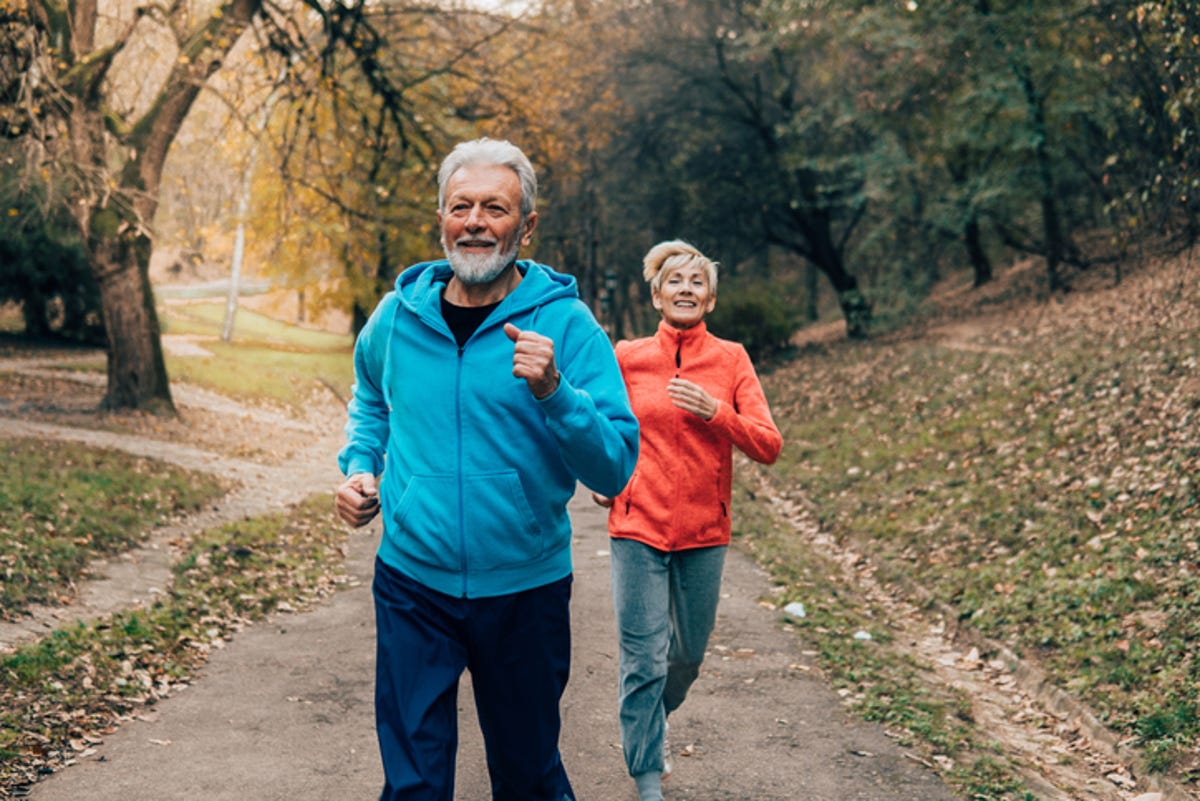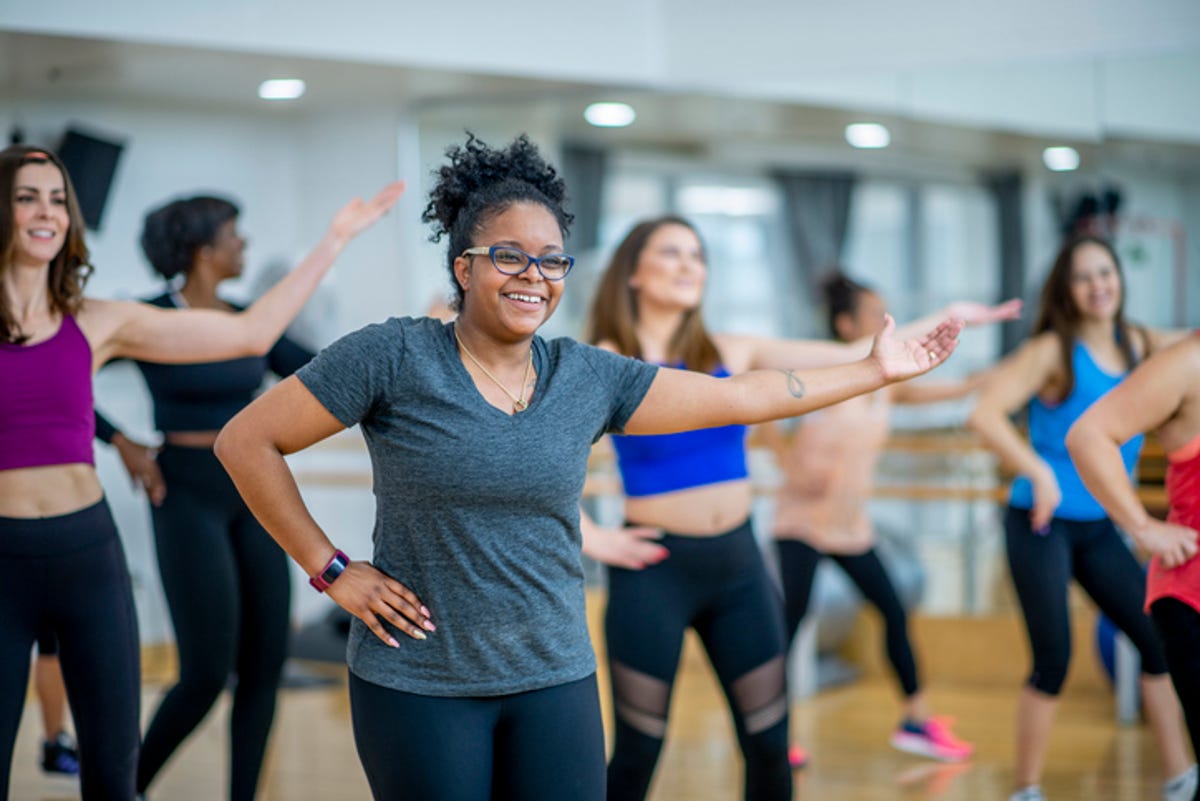These 5 Exercises May Ease Your Depression and Boost Your Mental Health
The key to fixing your mental health may be as simple as moving your body. Exercise can improve your mood and relieve symptoms of depression and anxiety. It’s also a great way to alleviate stress.
Exercise can sometimes be a loaded term, especially for people who don’t love going to the gym. Thankfully, you don’t have to become a bodybuilder to reap the mental health benefits. You’re probably already doing some of the work. Here are the reigning champs for the best exercises for mental health.
For more mental health tips, see how you can improve your mood without therapy and how to change your diet to benefit your mental wellness.
Why should you exercise for mental health?
Exercise makes you feel good about yourself. When I say exercise, I don’t only mean hitting the gym and pumping iron. Exercise is anything that gets you moving. You don’t have to leave your house to boost your mental wellness with physical activity.
Benefits of exercise on your mental health:
No one type of exercise will unlock good mental health. This means you have the flexibility to find something that fits your life. There is no bar to meet — any amount of movement counts. However, researchers note that more exercise will increase the payoff.
Exercises to boost your mental health
Walking
For many people, walking is their go-to mental health exercise. It’s one of my favorites since it’s relatively low-impact, and you can do it anywhere. Walking can help ease stress, relieve anxiety symptoms and promote positive thoughts. If you want the best results, walk outside and soak in the greenery. Nature walks have been found to reduce anxiety.
It doesn’t have to be a long walk; studies show that as little as 15 minutes of walking can decrease your risk of becoming depressed by 26%.
Running
If you’re looking for a more intense form of exercise for mental health, try running. Our brains flood with endorphins that boost our mood when we run. It’s what people call a “runner’s high.” Studies have found outdoor exercise to be an effective treatment alternative to antidepressants.
Consistent running can also make it easier to fall asleep and increase sleep quality, which is essential for lowering anxiety and depression symptoms.
Read more: 5 Great Running Apps To Help You Meet Your Fitness Goals
RgStudio/Getty Images
Strength training
Try strength training if you’d like the added benefit of building muscle while healing your mental health. It can lower the risk of developing depression or relieve existing symptoms. You also get the satisfaction that comes with meeting strength goals.
Strength training doesn’t have to mean going to the gym and lifting weights. You can easily build strength at home with free weights, resistance bands and your body weight.
Yoga
Yoga not only helps get your body moving but gives you a chance to reflect and meditate. That’s why we think it’s one of the best exercises you can do to boost your mental health. Focusing on your breathing can eliminate bad mental health habits like thought loops and negative thinking. The controlled breathing activates your parasympathetic nervous system, which puts you in a state of relaxation. It does this by lowering your heart rate and blood pressure.
The parasympathetic nervous system is the counterpart to the sympathetic nervous system that controls the body’s fight-or-flight response. When you have anxiety, your sympathetic nervous system is triggered, even if no danger exists. Yoga can help engage your parasympathetic nervous system to bring you back to homeostasis.
One of the best parts of yoga is the variety. You can choose what type you would like to do — from calming to more physically demanding.
Dancing
Dancing is another exercise option that can significantly reduce anxiety. It can also increase self-esteem. Like yoga, you can choose the type of dancing you’ll do — there are benefits to all of them. If you’re not a ballet dancer, try tango or free-flow movement.
You don’t need to go to a dance studio to reap the benefits. You can do virtual dance classes in the comfort of your home. However, synchronized or choreographed group dancing may maximize results if you crave social interactions. Classes like Zumba have social benefits that other forms of exercise are missing. They allow you to connect with others and form friendships.
FatCamera/Getty Images
Practical tips to start exercising for mental health
Getting started is the hardest point. Here are some strategies to make exercise a staple in your routine.
- Choose an activity you enjoy: Try not to think about exercise as something you have to do. Instead, view it as another tool you use on your wellness journey.
- Set realistic goals: Going too far with exercise can negatively impact your mental health, especially if you set goals for yourself that you can’t reasonably meet. Set small goals that you can build on as you grow. Remember, you have nothing to prove to anyone other than yourself.
- Reward yourself: Rewarding yourself for completing a workout is a great idea to make it a habit. It doesn’t have to be anything big — maybe an extra episode of your favorite show or a bubble bath.
- Make it a social thing: If you’re someone who thrives when you have accountability, make your exercise a social activity with friends.
Exercise is an excellent tool to manage the everyday symptoms of mental health conditions. However, exercise is not intended to replace therapy and medication for those who rely on them to function.
The information contained in this article is for educational and informational purposes only and is not intended as health or medical advice. Always consult a physician or other qualified health provider regarding any questions you may have about a medical condition or health objectives.
No Byline Policy
Editorial Guidelines
Corrections Policy
Source


